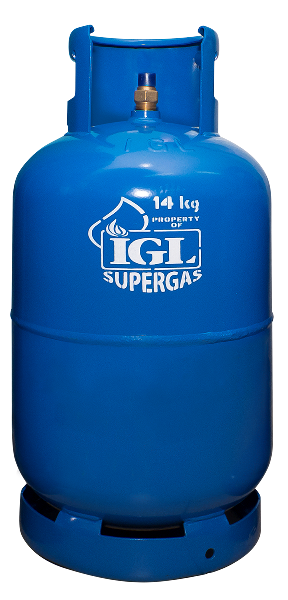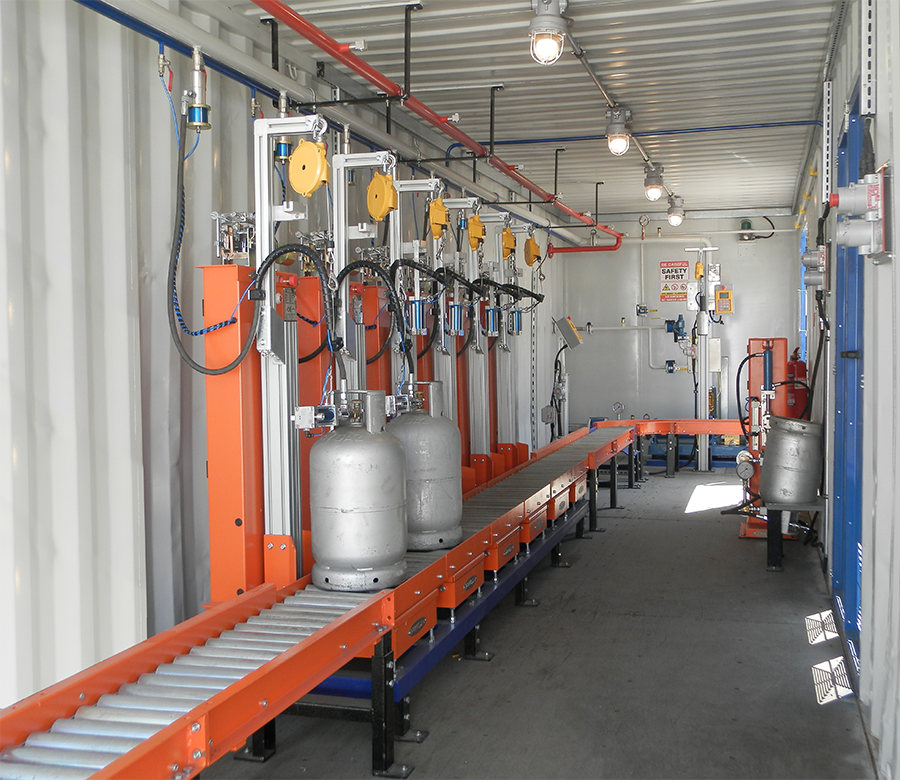Everything You Need to Find Out About LPG Gas Refill for Reliable Energy Usage
LPG gas refill is an essential facet of power management for both organizations and homes. Comprehending its basics can result in much more efficient use and price savings. Recognizing the correct time to fill up is essential, as is making sure safety during the procedure. In addition, executing finest methods can enhance efficiency. However, the nuances of the refilling process might stun many. Exploring these details can make a considerable difference in power usage routines.
Recognizing LPG and Its Uses
LPG, or melted petroleum gas, acts as a flexible power resource widely utilized in various applications - LPG Gas Refill. This hydrocarbon gas, mostly composed of propane and butane, is frequently utilized for home heating, food preparation, and powering lorries. Its effectiveness and transportability make it a favored option for domestic, industrial, and industrial uses
In homes, LPG is usually made use of in gas ovens and water heating systems, supplying a practical choice to electrical power. In the business industry, dining establishments often rely upon LPG for food preparation and heating, ensuring a regular and reliable energy source. In addition, LPG functions as a green choice for lorries, lowering greenhouse gas exhausts contrasted to traditional fuels.
Additionally, LPG is important in industrial settings for processes such as metal cutting and as a feedstock in chemical manufacturing. Its flexibility and efficiency underscore its significance as an energy source in modern-day society, contributing to different fields' functional performance.
Acknowledging When to Re-fill Your LPG
Just how can one establish the appropriate moment to replenish their LPG supply? When to refill is vital for preserving constant energy use, acknowledging. One usual method is to monitor the usage patterns; if cooking or home heating times boost markedly, it may indicate that the LPG tank is nearing depletion. In addition, numerous LPG tanks are equipped with a scale that shows the staying gas degree. An analysis listed below 25% usually signals the requirement for a refill.
One more practical strategy entails keeping track of the moment because the last refill. Discovering a decrease in performance or longer food preparation times can serve as a hint if a family normally makes use of a certain quantity of gas monthly. Acoustic signs, such as a faint hissing noise or decreased flame height, can suggest reduced gas degrees. Routine checks and awareness of usage routines can promote timely refills, avoiding inconvenient outages.
Safety Preventative Measures for LPG Managing
Making sure safety and security while handling LPG is paramount, specifically after acknowledging when to replenish the gas supply. Correct safety measures can substantially lower dangers connected with gas leak and potential threats. People should always carry out refills in well-ventilated locations, away from open fires or stimulates. Making use of safety gear, such as gloves and goggles, is recommended to prevent injury.
Normal examinations of tubes and connections for wear or damage are necessary, as leaks can happen from malfunctioning devices. It is crucial to save LPG cyndrical tubes upright in a great, dry location, far from direct sunshine. Additionally, maintaining a fire extinguisher close-by and recognizing just how to utilize it can supply an additional layer of security.
Last but not least, making certain that all individuals are learnt emergency treatments, consisting of emptying strategies in situation of a gas leakage, is important for maintaining a safe atmosphere when handling LPG.
Tips for Making The Most Of LPG Performance
Efficient use of LPG can cause substantial price financial savings and minimized ecological impact. To optimize effectiveness, customers should guarantee that devices are properly maintained and frequently serviced. This consists of monitoring for leakages, cleaning heaters, and changing worn-out parts, which can enhance burning efficiency.
Using the correct size of LPG cyndrical tube for particular requirements can likewise enhance more information effectiveness, as smaller sized cyndrical tubes may go out too soon, resulting in waste. Additionally, individuals must utilize energy-efficient home appliances developed for LPG, which are enhanced for lower gas intake.

The Re-filling Process: What to Expect
Understanding the filling up procedure for LPG cyndrical tubes is necessary for maintaining effectiveness and safety in power usage. The process usually begins with the consumer going to a designated re-filling terminal, where an experienced specialist assesses the cylinder's condition. If the cyndrical tube is deemed secure, the specialist will firmly link it to the filling up apparatus.
Throughout re-filling, the technician keeps an eye on the weight to assure the cylinder is loaded to the correct ability, adhering to security laws. It is essential that the valve is snugly secured prior to and after the refill to stop leakages.
As soon as loaded, the technician carries out a leakage examination to confirm the honesty of the cylinder and its fittings - LPG Gas Refill. After effective testing, the cylinder is safely detached, and the customer is supplied with instructions for correct handling and storage space. Generally, the entire refilling procedure ought to take just a couple of minutes, use this link ensuring minimal disturbance for the client
Frequently Asked Inquiries
Exactly how Lengthy Does a Common LPG Cyndrical Tube Last?
A typical LPG cyndrical tube can last anywhere from a couple of weeks to a number of months, depending upon use patterns, the dimension of the cylinder, and the efficiency of appliances linked to it. Individual experiences may differ considerably.
Can LPG Be Made Use Of for Automobiles?
Yes, LPG can be made use of as a fuel for lorries. Numerous automotive makers offer versions designed for LPG usage, taking advantage of lower exhausts and cost-effectiveness compared to typical gasoline or diesel alternatives in various applications.
What Are the Environmental Influences of LPG?
LPG, while cleaner than other nonrenewable fuel sources, still adds to greenhouse gas discharges. Its combustion generates carbon dioxide and can release methane during removal, posing risks to air quality and environment adjustment despite reduced particulate air pollution.
Exactly How Is LPG Carried and Stored?
LPG is delivered in pressurized storage tanks using ships and vehicles, making sure safety during transportation. It is kept in devoted, well-ventilated locations, generally in big cyndrical tubes or storage tanks, to stop leaks and promote very easy gain access to.
Exist Alternatives to LPG for Energy Use?
Yes, alternatives to LPG for energy use consist of gas, power, solar power, and biomass. Each option offers unique advantages and disadvantages, which can influence their viability relying on specific energy needs and environmental factors to consider.
